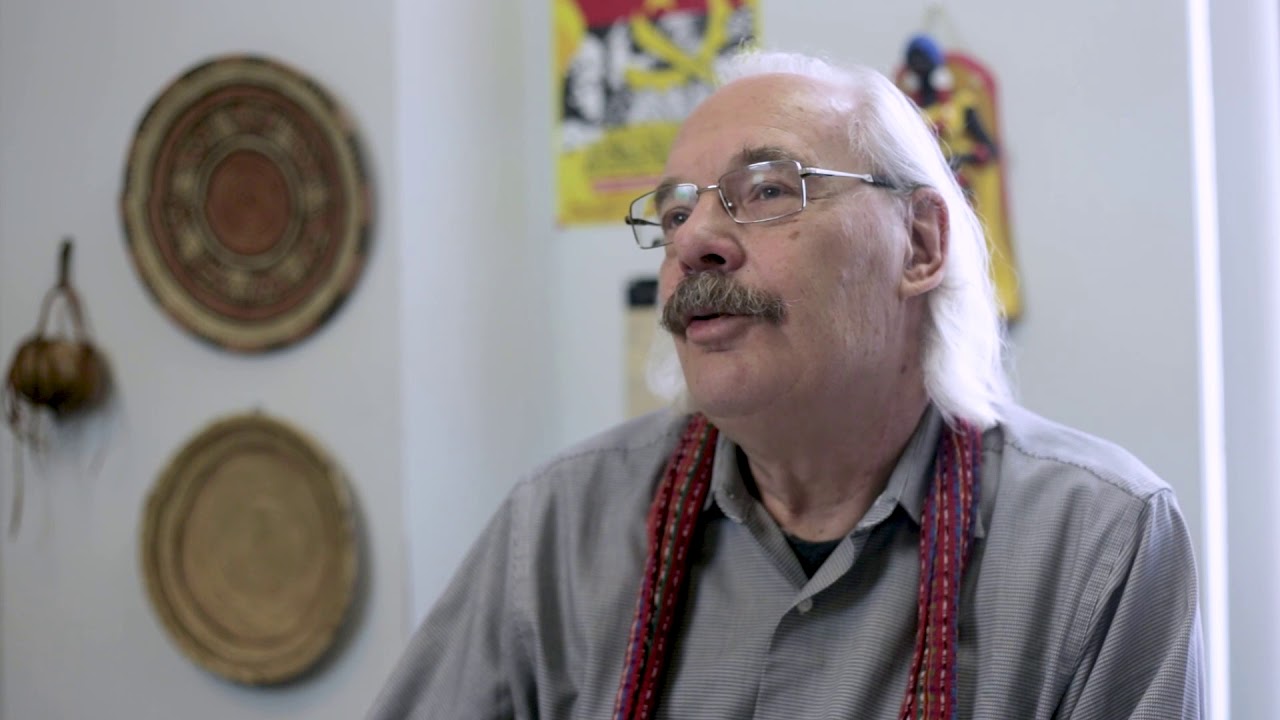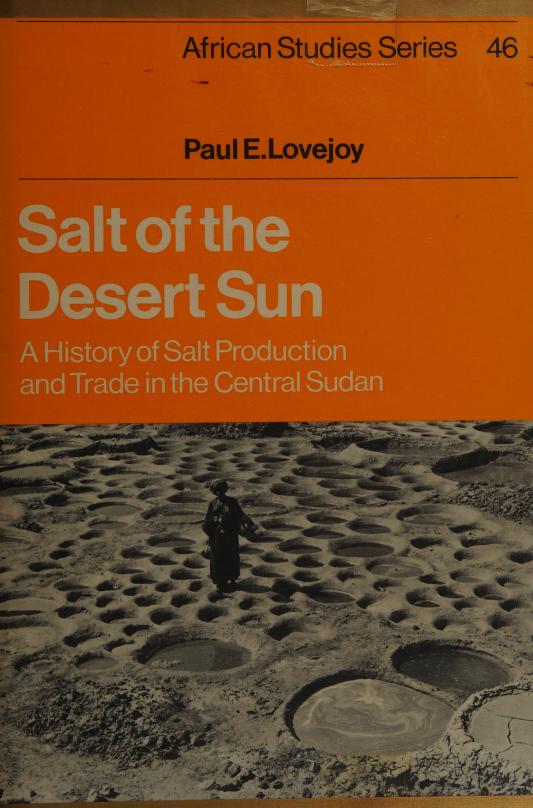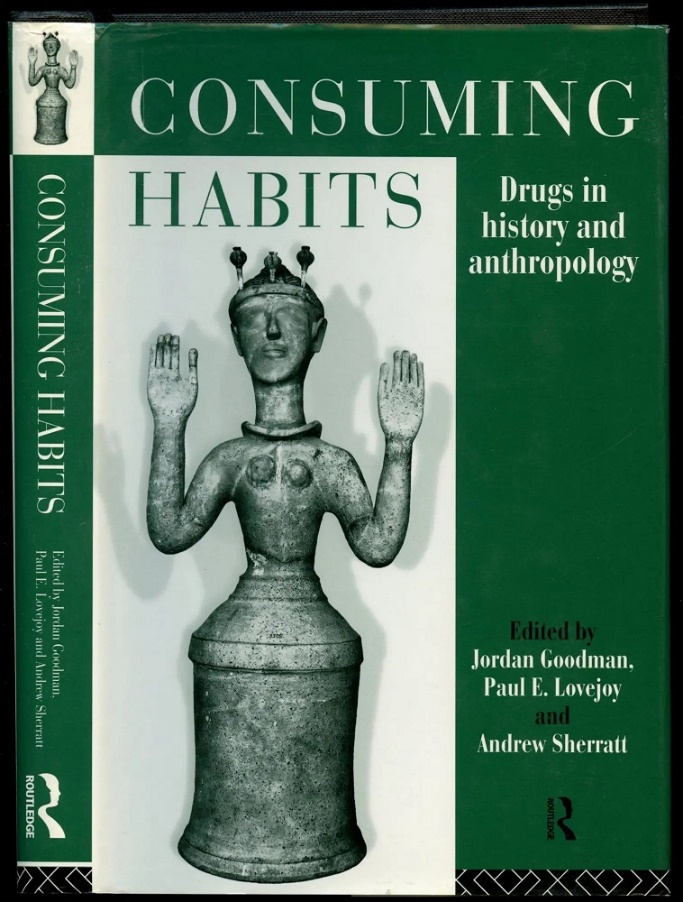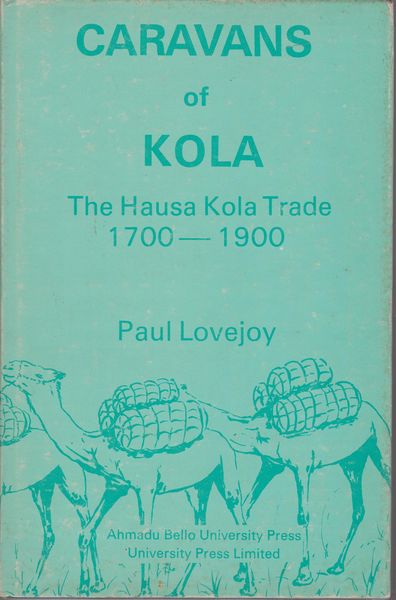THE TOYIN FALOLA INTERVIEWS: A CONVERSATION WITH PROFESSOR LOVEJOY, PART 2
Toyin Falola

A CONVERSATION WITH PROFESSOR PAUL LOVEJOY, PART 2

Professor Paul Lovejoy at 80
Part 2:
Peculiar Substances!
Toyin Falola
Paul Lovejoy has approached African history by studying commodities: kola nuts, salt, tobacco, and cowries, among others. My dialogue with him will reveal the crucial importance of these objects that interface with such issues as trade, trade routes, trading colonies, and short- and long-distance commerce. When you cumulate his studies on these objects—peculiar products—you can understand why no scholar compares with him in his enduring contributions to African Economic History. Since objects connect with our desires and habits, Lovejoy becomes a pre-eminent social historian. He followed the trans-Saharan trade routes from one end to the other, diverted to the Sudan, to the Swahili city-states and crossed the Indian Ocean to Gujarat. Is a Zaki allowed to drink? If so, we must add the study of alcohol to the items of trade and habits.
Critical attention that Lovejoy accorded to the exploration, examination and interrogation of slavery would almost make us assume that outside of that intellectual discourse, he barely picks other interests. This is not so. His available contributions to other related but different tropes of knowledge signal that, like all other prolific scholars, he has made an incredible addition to numerous areas of knowledge. One may not have the idea that Lovejoy dedicated much of his intellectual energy to studying objects and commodities.
In the spirit of fairness, the common attitude to recognizing objects is harsh, taken for granted, based on the misleading assumption that we need not study them. Why natron, why bitter kola? Meanwhile, that orientation towards all these objects and commodities is ill-motivated and misinformed, given the magnitude of ideas that the works of Lovejoy have opened our minds to. The meeting point between people and objects is understanding the cultural ideologies of groups of people. In essence, all human activities are somewhat connected.
Paul Lovejoy, alongside some other scholars, undertakes the responsibility to understand some aspects of human cultures that are considered good and bad, respectively, concerning how they use them to drive or advance their civilization forward, beyond the imagination of anyone. They look into drugs in human society, their consumption and cultural attitude to their proliferation. Drugs have different levels that they operate within the human body. That they have superficial effects in some cultures or people and have deeper psychological outcomes on others reveals how some groups have decided to immerse themselves in the habit for certain reasons. In Consuming Habits: Drugs in History and Anthropology, the tripod of Lovejoy, Sherratt and Goodman perform anthropological operations on some cultures to bring to the fore the cultural reasons for the consumption of some hard drugs ranging from opium, cocaine, coffee, tobacco, kola, and betelnut among other substances. One thing they reveal is that these consuming habit helps to characterize people and define how they understand drugs from time to time. Drugs are objects, but they are consumable ones with definite results on the human psychological domain and, in some cases, their socioeconomic conditions eventually.

The central message of their examination in Consuming Habits is that behind the success of countries in their endeavors is an untold story of their deepened involvement in the patronage of some substances as they employ them to perform engagements that dramatically affect the human world. Perhaps, the knowledge that the consumption of drugs has increased crimes and encouraged morally condemnable engagements, the world, through policies, has emphatically opposed the patronage of these substances. The irony of this moral quandary is that hard substances patronage is increasing daily in many countries. This raises important questions about the seriousness of combating consumers of hard substances and their very intentions about others they have successfully de-marketed. The endgame is that when they label some items “legal” or “illegal,” they have disallowed scholars from understanding the cultural context of their patronage and the reason for their continued appropriation. Lovejoy has helped us understand the overlapping beauty of culture and moral principles and how the desire to separate them has always generated unimaginable results with negative consequences. To that extent, they let us understand why humans keep using and abusing these substances.
In Salt of the Desert Sun: A History of Salt Production and Trade in Central Sudan, Lovejoy uses his scholarly work to understudy production and exchange systems. Before then and after, it has often become the subject that pre-capitalist African cultures were unaware of market forces, a point that Tony Hopkins also demolished in An Economic History of West Africa. Both Lovejoy and Hopkins did not tie the idea of a subsistence economy to the template of racial ideology that drove it. In that ideological template, Africans were unfit to talk about advancement in ways we have observed in Asia, Europe and the Americas. The foundation of that assumption was faulty, given that it was recorded that salt, as an object, was sufficiently distributed across different areas in the Sudan in an advanced economy. Lovejoy saw increased salt production as a testament to the ability to produce mass commodities that they used for various purposes.
Of course, the hallmark of the economic success of the period was the ability to sustain such a high level of performance to meet the demands of people in different places, especially in contiguous areas. Production quantity would be affected because the major means of conveyance and transportation were animals (camels and, in some cases, horses). However, the salt trade promoted interstate economic affairs of the time.

Lovejoy opened our minds to equally significant information usually masked in popular narratives. More than the distribution of salt in Western, Central and Eastern Sudan, there was an extensive exchange of cultural ideologies. The more economic engagement they had, the deeper they penetrated the culture of one another through intermarriages, migrations and resettlements. Therefore, these aspects of history reveal the complex nature of local and international politics, as it hinges on impressive economic transactions. The interlink of economy and culture is constantly strengthened by the fact that one would have to absorb the ideas and values of others, using whatever means, before taking advantage of economic strength and activities.

Commodities, as Lovejoy analyzed, aided the transfer of cultures. He mentioned, for instance, how the Wangara became initiators of economic ideas in the old Songhai empire during the 15th and 16th centuries. The Wangara became exceptional in their economic investments by adding commodities and new products such as kola nuts, and they became actively involved in the spread of the Songhai monetary system based on cowries and gold. Meanwhile, they also produced quality textiles spread across the vast areas of the Hausa territory and Borno. In other words, the vast involvement in the sale of these commodities became the reason for their continued economic growth and what brought them to the limelight in the period, thereby becoming strong reasons for the unity of cultures. Objects facilitated the empowerment of the Wangara, transforming cultural and political institutions. In essence, the onus of Lovejoy's argument is that there were strong economic institutions in the period constructed on the forms of substances they produced and how they managed to sustain and establish an economic system.
